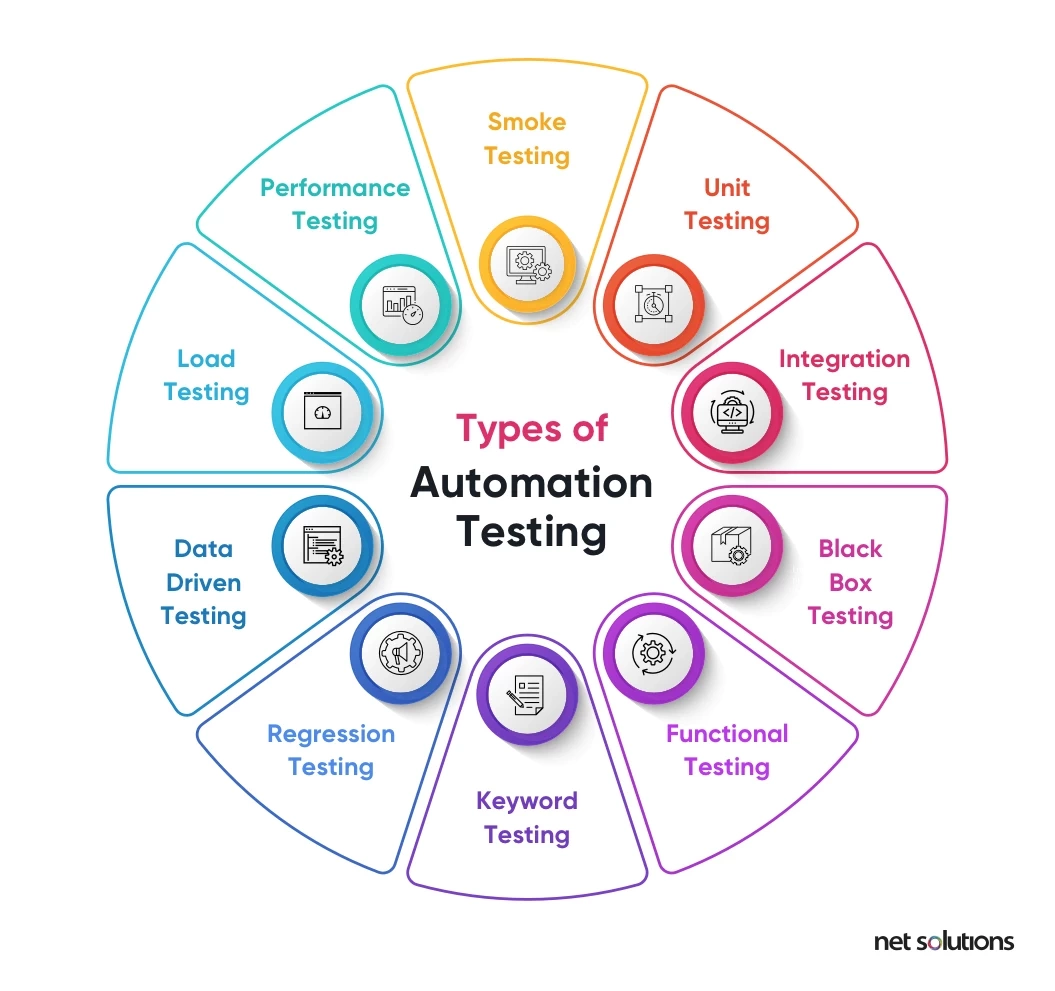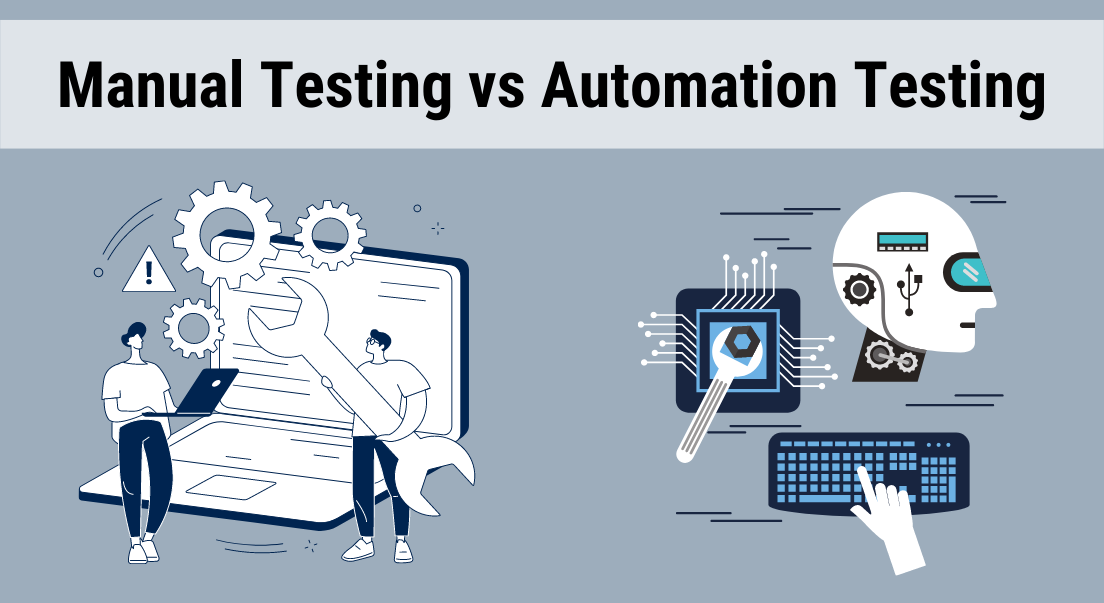From Handbook to Automated Screening: A Comprehensive Overview to Transitioning Efficiently and Properly
In the realm of software application screening, the change from handbook to automated procedures has actually come to be an increasingly important shift for companies looking for to boost performance and precision in their screening techniques. As innovation proceeds to breakthrough, the demand for efficient and seamless automatic testing methods has actually never ever been extra important. The trip from handbook to automated screening is not without its obstacles, yet when approached tactically and with a clear plan in mind, the benefits can be significant - automation testing. In this thorough overview, we will check out key steps and factors to consider vital for a successful transition, from the first choice of tools to the assimilation of automation right into existing process. Stay tuned to reveal the understandings that will certainly help pave the means for a smoother and a lot more effective screening procedure.
Advantages of Automated Evaluating
Automated testing supplies various advantages, improving effectiveness and accuracy in software growth processes. One primary advantage is the significant reduction in screening time. Automated examinations can be run concurrently on numerous devices and running systems, dramatically speeding up the testing stage contrasted to manual testing. This enhanced performance allows for faster comments on the high quality of the software program, enabling designers to recognize and address problems without delay.
In addition, automated screening makes sure a greater degree of precision in discovering flaws. Considering that automated examinations comply with predefined manuscripts, human mistake is lessened, bring about even more reliable test results. Uniformity in screening is additionally boosted, as automated examinations carry out the exact same steps precisely each time they are run. This consistency is crucial in guaranteeing that all functionalities of the software are extensively examined, reducing the likelihood of unseen pests sliding with to production.
Selecting the Right Devices

Firstly, evaluate your goals and demands. Comprehend the range of your job, the innovations included, and the skill set of your group. This analysis will certainly aid you establish the attributes and capacities you call for in your screening tools.
Second of all, consider the compatibility of the devices with your existing procedures and systems. Seamless integration with your current software development lifecycle is vital to ensure a smooth change to automation.
Additionally, evaluate the scalability and adaptability of the devices. As your screening needs evolve, the devices need to have the ability to adapt and accommodate modifications successfully.
Last but not least, variable in the support and community around the devices. When executing automated screening, robust support and an energetic user neighborhood can provide useful resources and assistance. By carefully considering these facets, you can select the right devices that align with your needs and set the phase for a successful shift to automated testing.
Creating Effective Test Manuscripts

When crafting test manuscripts, it is necessary to think about the specific demands of the software application being tested and make sure that the scripts attend to all crucial capabilities. Clear and descriptive naming conventions for examination scripts and test cases can enhance readability and maintainability. Additionally, incorporating mistake handling systems within the examination scripts can assist in identifying and resolving concerns without delay.
Additionally, organizing examination scripts into modular parts can improve reusability and scalability, minimizing redundancy and enhancing effectiveness in examination manuscript maintenance. Normal reviews and updates to check manuscripts are important to maintain rate with developing software program needs and performances. By complying with these concepts, testers can develop durable official website and effective test scripts that contribute substantially to the success of automated screening procedures.
Integrating Automation Into Workflows
Efficient integration of automation tools into existing process enhances and improves procedures performance within software program growth cycles. When incorporating automation into workflows, it is essential to identify repetitive tasks address that can be automated to save time and decrease human error. By perfectly incorporating automated screening devices like Selenium or Appium into the software application advancement lifecycle, teams can accomplish faster comments on code modifications, resulting in quicker bug detection and resolution. This integration permits continuous screening throughout the advancement process, guaranteeing that any type of problems are identified at an early stage, resulting in higher software top quality. In addition, automation can be utilized to activate tests automatically after each code devote, giving instant validation and freeing up testers to concentrate on even more complicated scenarios. Correct assimilation of automation tools requires cooperation in between advancement, testing, and procedures teams to establish a unified workflow that maximizes effectiveness and effectiveness in supplying top quality software items.
Ensuring a Smooth Shift
Efficiently transitioning to automated screening involves careful preparation and mindful execution to decrease disruptions and maximize effectiveness in the software application growth procedure - automation testing. To ensure a smooth transition, it is necessary to begin by conducting an extensive evaluation of the current testing processes and determining locations where automation can bring one of the most considerable advantages. Involving with all stakeholders beforehand in the procedure, consisting of programmers, testers, and project managers, is crucial for garnering support and buy-in for the automation effort
Interaction is crucial throughout this shift phase. Clear communication of the goals, benefits, and expectations of automated testing helps to take care of any kind of resistance or problems that might emerge. Additionally, providing adequate training and resources for employee to upskill go to these guys in automation devices and methods is important for making sure a successful transition.

Verdict
To conclude, transitioning from manual to automated testing provides many advantages, consisting of raised performance and reliability. By selecting the suitable tools, writing efficient examination manuscripts, and incorporating automation flawlessly right into operations, companies can make certain a smooth and successful change. It is vital to embrace automation as an important asset in software testing processes to improve total quality and efficiency.
In the realm of software testing, the change from guidebook to automated procedures has become a progressively important transition for organizations looking for to improve effectiveness and accuracy in their screening practices. Automated tests can be run simultaneously on numerous gadgets and operating systems, significantly speeding up the testing stage compared to manual screening. Uniformity in testing is also boosted, as automated examinations perform the same actions specifically each time they are run.To make certain the successful implementation of picked testing devices, the production of efficient examination manuscripts plays a vital role in confirming the functionality and efficiency of automated processes - automation testing. By adhering to these principles, testers can develop effective and durable test scripts that contribute dramatically to the success of automated testing procedures